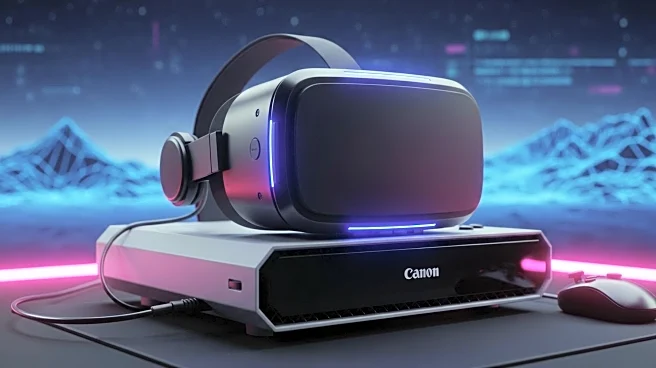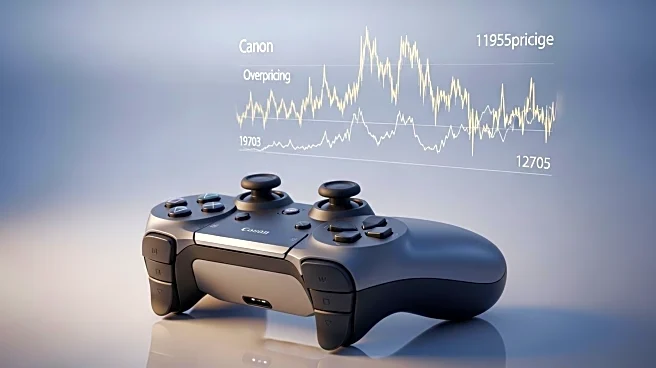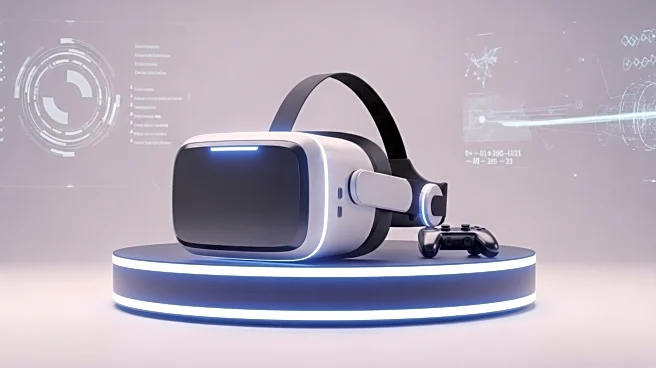What's Happening?
Omdia, a technology research and advisory group, has released a forecast indicating that the global market for gaming peripherals and accessories will surpass $20 billion by 2025. This growth is largely driven by the increasing demand for gaming monitors, which are expected to contribute 49% of the overall revenue in 2025. The market is projected to continue expanding, reaching nearly $25 billion by 2030. Other categories such as gamepads, gaming headsets, keyboards, mice, and accessories like steering wheels and cameras are also expected to see significant growth. Despite a sluggish increase in spending on games themselves, the peripherals and accessories market has shown robust performance, with a 44.3% rise in revenue from 2020 to 2024.
Why It's Important?
The projected growth in the gaming peripherals and accessories market highlights a shift in consumer spending within the gaming industry. While game pricing has not kept pace with inflation, leading to challenges for developers, the peripherals market has successfully argued for higher price points on premium products. This trend suggests that consumers are willing to invest in enhancing their gaming experience through better equipment. The strong performance of this market segment could influence industry strategies, encouraging companies to focus on developing and marketing high-quality peripherals. This shift may also impact the financial health of gaming companies, as they adapt to changing consumer preferences.
What's Next?
As the market for gaming peripherals and accessories continues to grow, companies may increase their investment in research and development to create innovative products that meet consumer demands for higher resolutions and faster refresh rates. The success of products like Sony's DualSense Edge controller indicates a potential trend towards more advanced and specialized gaming equipment. Industry stakeholders, including manufacturers and retailers, may need to adjust their strategies to capitalize on this growth. Additionally, the ongoing expansion of this market could lead to increased competition among brands, driving further innovation and potentially lowering prices for consumers.
Beyond the Headlines
The growth in the gaming peripherals market may have broader implications for the technology sector, as advancements in gaming equipment often drive innovation in related fields. The demand for higher resolutions and faster refresh rates could influence developments in display technology and computing power. Furthermore, the willingness of consumers to invest in premium gaming products may reflect broader trends in consumer behavior, where quality and performance are prioritized over cost. This shift could have cultural implications, as gaming becomes increasingly integrated into everyday life and consumer expectations evolve.












